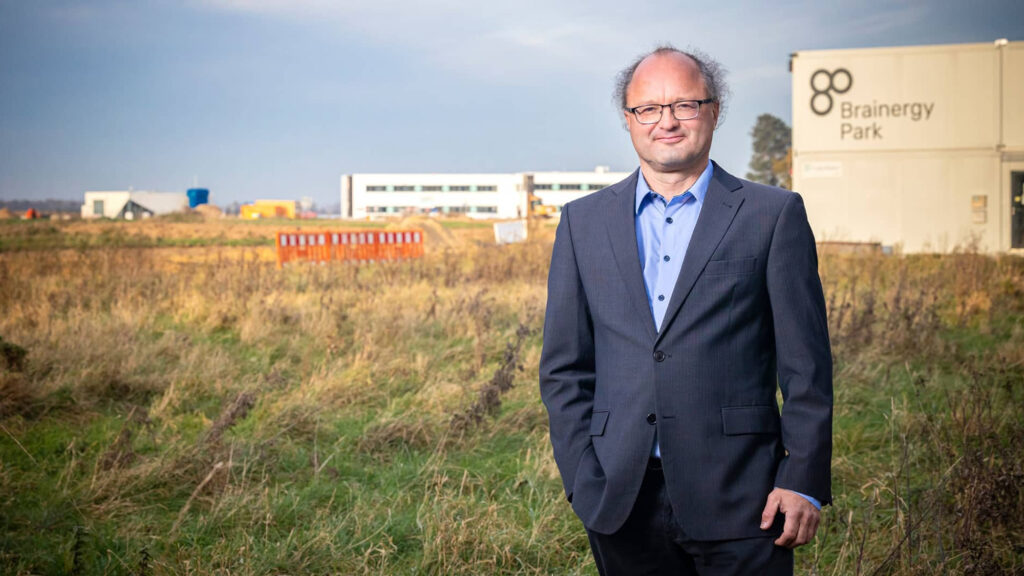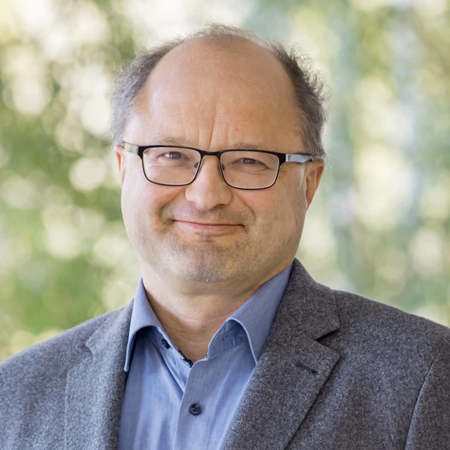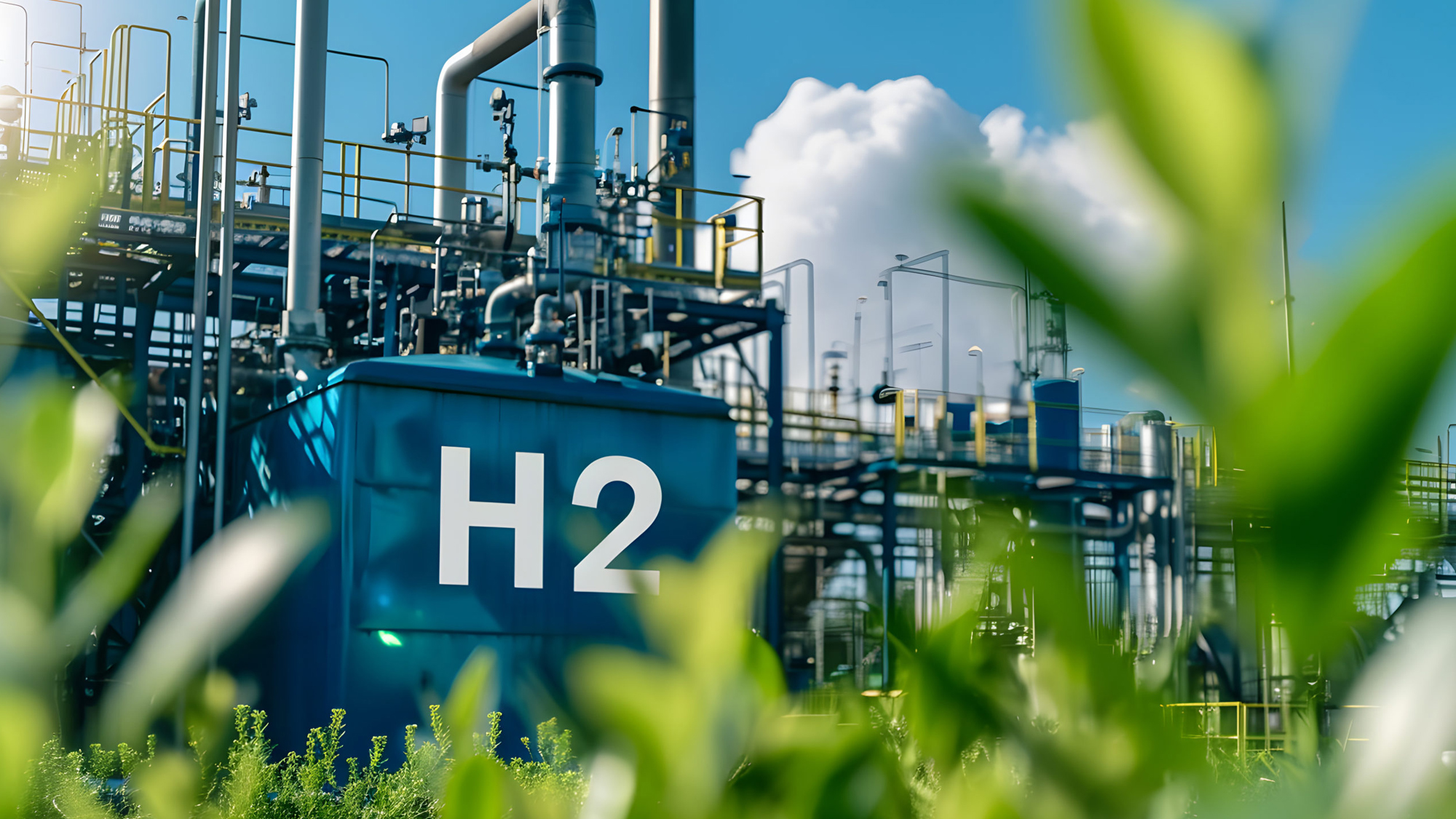In September 2021, the Helmholtz Cluster for a Sustainable and Infrastructure-Compatible Hydrogen Economy (HC-H2) was launched. Chemical engineer Prof. Dr. Peter Wasserscheid is spokesperson for the cluster and founding director of the Institute for a Sustainable Hydrogen Economy (INW), which forms the core of HC-H2. In this interview, he takes a look back at the first 18 months and provides an outlook for the next goals of the project, which aims to demonstrate solutions for an environmentally friendly energy economy of the future and create new jobs in the Rhenish mining area.
Almost one-and-a-half years have past since the Helmholtz hydrogen cluster was launched. What’s your assessment so far?
Prof. Peter Wasserscheid: We moved into our site at Brainergy Park Jülich with a village of container offices that can accommodate up to 115 employees. And crucially, we appointed our first subinstitute director, Andreas Peschel. Each new director brings a new dynamic to the system. We also set up a fantastic administration to help organize the continued growth of the institute. We now have around 40 employees. Of course, you’re always thinking about whether you could have done one thing or another a bit more quickly. But looking back at the first 18 months, we are proud of what we have achieved.
“The rules that ensure that each individual decision is transparent, easy to understand, and absolutely appropriate often slow down the implementation process.“
Prof. Peter Wasserscheid, Founding Director of the Institute for a Sustainable Hydrogen Economy (INW)
What have you and the cluster employees learnt during this period?
Prof. Peter Wasserscheid: That there are many and sometimes contradictory framework conditions when trying to drive structural change with tax money and establish a large new research institute. Getting to know these regulations and understanding that you can act particularly fast within this set of rules is a learning process. We have to accept that these regulations are in place. The rules that ensure that each individual decision is transparent, easy to understand, and absolutely appropriate often slow down the implementation process. This is something we have to learn and something that policymakers and the people of the Rhenish mining area have to learn. You can’t just click your fingers and something happens. We need to clearly show how we used funds and how we arrived at decisions in this context. This slows things down, but is ultimately correct. Finding this compromise between quality and speed is a learning process – and we have already made a lot of progress here.
The increased price of gas
To what extent are the crisis in Ukraine and the subsequent energy crisis having an impact on HC-H2?
Prof. Peter Wasserscheid: They’re having a very strong impact. The point of comparison in the energy system (i.e. what does Russian gas cost?) has now disappeared. Gas is now a lot more expensive. We import liquified gas by ship from the USA or Qatar. This is much more expensive than the Russian gas that was previously imported by pipeline. This means that many technologies which perhaps might have seemed economically unviable two years ago are now suddenly economically quite attractive compared with this new and expensive standard. And there is also new scope for sustainable technologies. The crisis has therefore acted as an accelerator for hydrogen as a topic and it has become much easier to develop viable business cases for hydrogen.
At the beginning of March, Andreas Peschel will become the first subinstitute director to start work. What is the significance of this for the cluster?
Prof. Peter Wasserscheid: He was a department head at Linde where he was responsible technological development, the construction of pilot plants, system optimization, and feasibility studies for hydrogen technologies. From my point of view, he is an absolute dream solution for this professorship, which will focus on process and plant components for chemical hydrogen storage. He combines an extremely well-founded scientific approach with practical experience from an industrial company. He will thus be able to make very important contributions to our demonstration region here in the Rhenish mining area. And that is exactly what we wanted: someone who knows the industry practice and also has the ambition to do outstanding science, while staying true to the Helmholtz motto of use-inspired fundamental research.
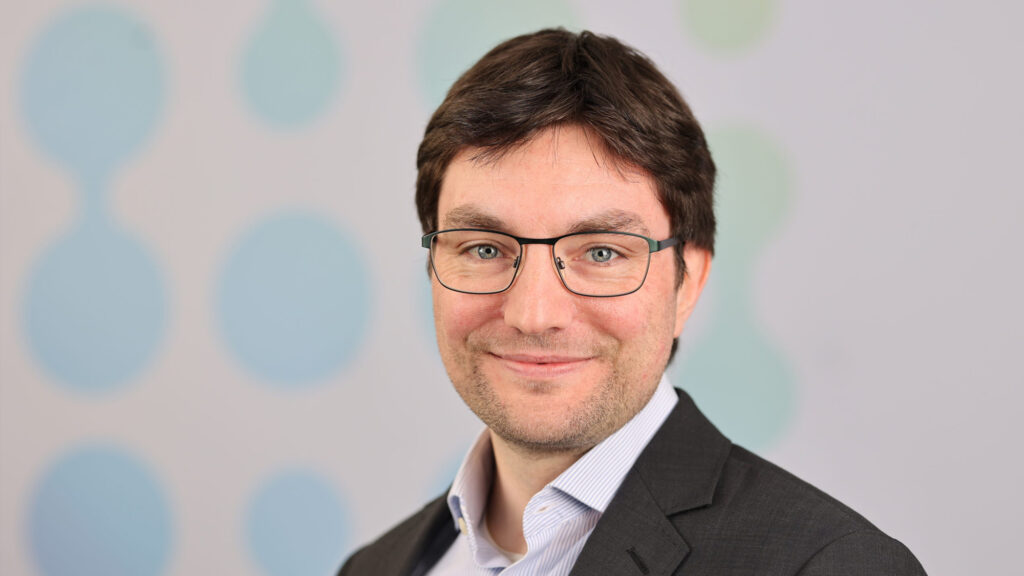
What are the objectives for this year?
Prof. Peter Wasserscheid: 2023 is an important development year for us. We’re on the runway with our jumbo jet and have started to accelerate. I deliberately do not say that we have taken off yet. Because ultimately, we have to put the necessary infrastructure in place before we can get down to our actual task of scientific and technological development for structural change and the energy transition. The exciting thing about this year is that we are set to appoint directors for the three subinstitutes with a vacancy at their helm and will continue to develop infrastructure to a point where we are able to make substantial scientific contributions in 2024.
“Batteries are used as storage wherever high performance, small amounts of energy, and many storage cycles per day are required. Hydrogen technologies will be the solution wherever large amounts of energy and only a few storage cycles per year are needed.“
Prof. Peter Wasserscheid, Founding Director of the Institute for a Sustainable Hydrogen Economy (INW)
Is hydrogen a cure-all for the green energy economy of the future?
Prof. Peter Wasserscheid: Hydrogen is highly relevant wherever large amounts of energy need to be transported and stored and the number of storage cycles per year is relatively small. To give an example: if I want to supply an electric bike with energy, then the battery is great. But if I want to supply an inland waterway vessel with energy, then the battery is a really bad option. And if I want to transport a large amount of energy by ship from Australia, Canada, or Scotland to Europe, then batteries are also not a good choice. The amounts of energy transported per ship would ultimately be very small. It goes without saying that we need the electrical pillar of the energy system, that is to say grids and batteries.
But we also need the material side, namely hydrogen and hydrogen derivatives such as ammonia, methanol, dimethyl ether (DME), and liquid organic hydrogen carriers (LOHCs). Batteries are used as storage wherever high performance, small amounts of energy, and many storage cycles per day are required. Hydrogen technologies will be the solution wherever large amounts of energy and only a few storage cycles per year are needed.
Structural change
Is structural change a great opportunity or the only opportunity for the Rhenish mining area?
Prof. Peter Wasserscheid: I see structural change as a transition from one system that has been successfully operated over many years – in this case taking coal from the ground and burning it in power plants – to a system that creates a lot of value using green energy. This will help to give the energy transition economic impetus, which will in turn ensure that at least as many jobs are created, and possibly even more. And this is exactly what we are working towards. It is a huge, exciting, and multifaceted challenge. But you can clearly see that it is one that is possible, and that there is an opportunity to create something which in many ways is more attractive than the status quo. And to create something that there’s no need to be afraid of, but which will instead provide new opportunities for many people.
“We have the ability to propose solutions that work anywhere in the world and help to drive change.”
Prof. Peter Wasserscheid, Founding Director of the Institute for a Sustainable Hydrogen Economy (INW)
Critics often say that Germany is far too small to have an influence in the fight against climate change. What do you say to those people?
Prof. Peter Wasserscheid: It is right that we recognize that climate change is a global issue and that we would be underestimating its dimensions if we were to say that by achieving something here in North Rhine-Westphalia the problem is then solved worldwide. That’s simply not the case. However, we do have the ability to propose solutions that work anywhere in the world and could help to drive change. This is our task: to recognize what is needed and to demonstrate that the new concepts work and can make a real contribution. What we need to ask ourselves is: How can a more sustainable solution be attractive for global markets? The cost issue is crucial in this regard. It will ultimately be easier to implement green technologies on a widespread scale if they are the cheapest alternative to meeting existing demand.
New jobs
The cluster has partly been established to create new jobs locally. What jobs are these?
Prof. Peter Wasserscheid: A certain number of jobs have been created through our activities. We expect to have around 400 employees by the end of 2024, two thirds of whom will have an academic background. One third of jobs will also be relevant to technicians and skilled workers. Our goal is then to be a beacon that attracts others to follow suit, that is to say other companies and academic partners. This will create a multiplication effect, as is the case in our demonstration region, where jobs are being created in the construction, operation, and – subsequently – in the production of a successfully demonstrated concept, the components of which will then be sold as products.
I am convinced that the energy transition, which is necessary throughout the world, offers enormous job opportunities. The cards are currently being shuffled and it is still open as to who will profit most in the long term. It will no longer simply be a case of those profiting who sit on raw material reserves, selling their oil and gas to the world. Instead, there will be many locations where renewable energy is available at a low cost which compete with each other as supply locations. And the ones who profit will, of course, be those who develop and build the necessary technologies to transport and supply green energy in response to demand.
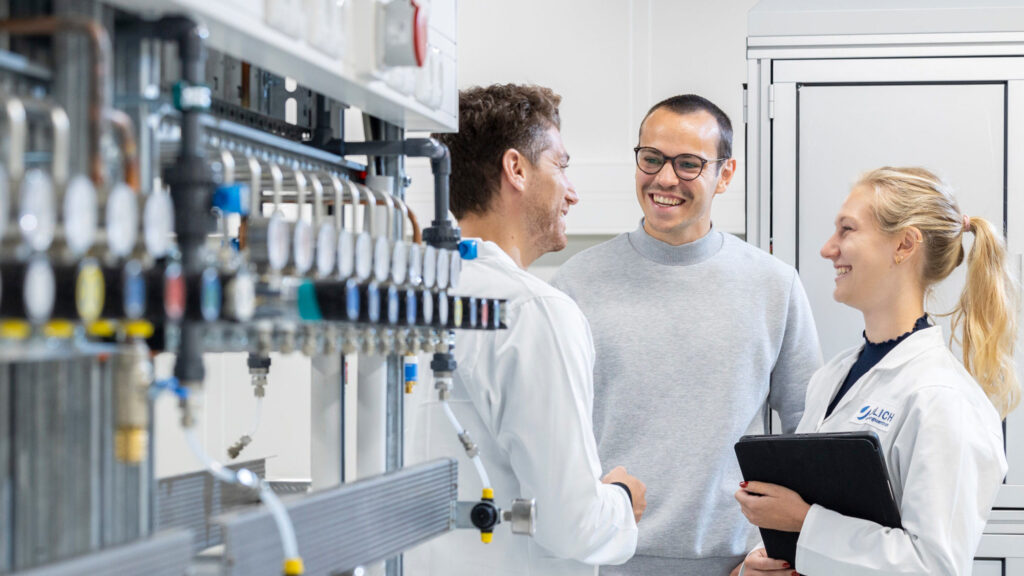
Answers to the most pressing questions regarding the future of energy
And how can HC-H2 contribute to the fight against climate change?
Prof. Peter Wasserscheid: By researching technologies that help to significantly reduce CO2 emissions and developing these technologies into products and processes. Ultimately, a user who requires heat, electricity, or hydrogen should be able to draw on technologies that were developed and demonstrated here. This minimizes the risk and creates new solutions. Here, you can take a look at how the new technologies work and at their results. If the user then decides in favour of a certain technology, the decision is much more informed. This is our contribution here in the Rhenish mining area, but going beyond that, we want to help solve problems using scientific results to find the right answers to the most pressing questions regarding the future of energy.
Why is the term “infrastructure-compatible” so important?
Prof. Peter Wasserscheid: It is a unique aspect which forms the core of what we are trying to achieve here. Infrastructure compatibility essentially means speed of implementation. It often takes a very long time to build new infrastructure. So if I am able to transport green hydrogen in an existing tanker or in an existing gas pipeline, this gives me an advantage when it comes to implementation. If I can continue to use existing structures, this not only helps to save time but also costs. Existing infrastructure is considered an asset. And if I want to create new infrastructure, then I have to build it first. This involves using raw materials and we create a footprint with this structure.
Infrastructure-compatible also means exportability. If something works in a structure that we already have, then it is not only possible to implement it in rich countries that can afford € 20-30 billion for a network, but it can also work in countries that cannot afford these resources for new infrastructure. Such countries can then also make their contribution to reducing emissions with infrastructure-compatible technologies.
The copyright for the images used on this website is held by Forschungszentrum Jülich, aligator kommunikation GmbH and
stock.adobe.com.
